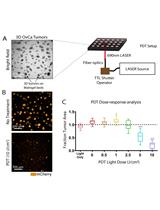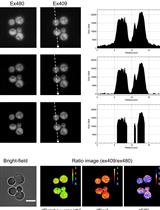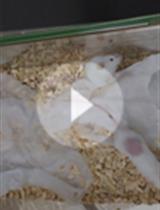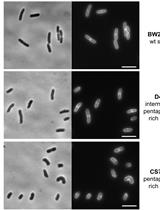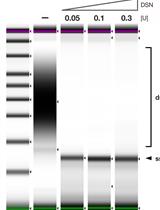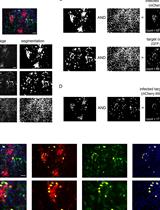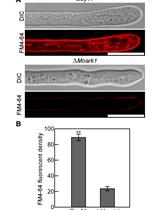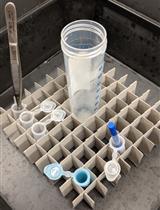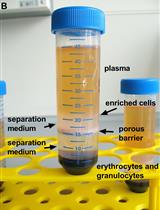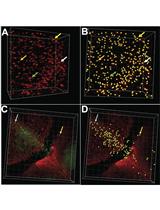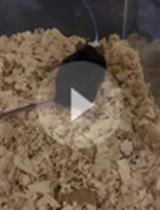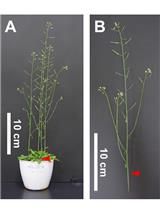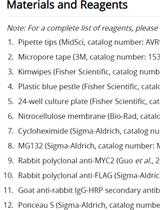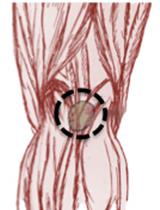往期刊物2019
卷册: 9, 期号: 15
癌症生物学
Photodynamic Therapy in a 3D Model of Ovarian Cancer
卵巢癌3D模型中的光动力学治疗
细胞生物学
QUEEN-based Spatiotemporal ATP Imaging in Budding and Fission Yeast
发芽酵母和裂殖酵母中基于QUEEN的时空ATP成像
免疫学
Precision Technique for Splenectomy Limits Mouse Stress Responses for Accurate and Realistic Measurements for Investigating Inflammation and Immunity
脾切除术限制小鼠应激反应的精准技术用于精确现实检测炎症和免疫
Visualizing Hypoxia in a Murine Model of Candida albicans Infection Using in vivo Biofluorencence
用活体生物荧光法观察小鼠白念珠菌感染模型中的缺氧情况
微生物学
Optimized Protocol for the Incorporation of FDAA (HADA Labeling) for in situ Labeling of Peptidoglycan
FDAA用于肽聚糖原位标记的优选方案
Strand-specific Single-stranded DNA Sequencing (4S-seq) of E. coli genomes
大肠杆菌特异性单链DNA测序(4S-seq)
Solid Phase PCR on 3D Microstructure ArrayChip for Pathogen Detection Application
用于病原体检测的三维显微组织列阵中固相PCR
Image-based Quantification of Direct Cell-to-cell Transmission of Bovine Viral Diarrhea Virus
基于成像量化分析牛病毒性腹泻病毒的细胞间传播
Endocytosis Detection in Magnaporthe oryzae
稻瘟病菌内吞作用的检测
分子生物学
Cell Type-specific mRNA Purification in Caenorhabditis elegans via Translating Ribosome Affinity Purification
秀丽隐杆线虫细胞特异性mRNA的核糖体亲和纯化
Ex vivo Analysis of DNA Repair Capacity of Human Peripheral Blood Mononuclear Cells by a Modified Host Cell Reactivation Assay
利用改进的宿主细胞再活化反应进行人外周血单核细胞的DNA修复能力的离体检测
神经科学
Looking through Brains with Fast Passive CLARITY: Zebrafish, Rodents, Non-human Primates and Humans
利用 Fast Passive CLARITY技术研究斑马鱼、啮齿动物、灵长类动物和人类的大脑
Quantification of Prostaglandin E2 Concentration in Interstitial Fluid from the Hypothalamic Region of Free-moving Mice
"自由活动小鼠下丘脑区域间质液中前列腺素E2浓度的定量分析
植物科学
Tensile Testing Assay for the Measurement of Tissue Stiffness in Arabidopsis Inflorescence Stem
拉伸强度测试用于检测拟南芥花序轴组织刚度
Measuring Protein Half-life in Arabidopsis thaliana
拟南芥蛋白半衰期的检测



